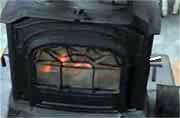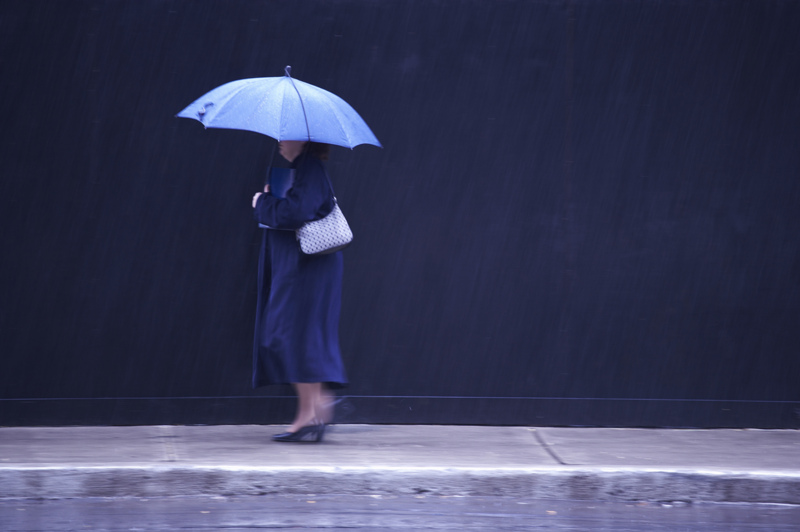
FRIDAY, Jan. 2, 2015 (HealthDay News) — Although many people enjoy gathering around a fire during cold winter months, fires that aren’t built properly can affect air quality and people’s health, according to the U.S. Environmental Protection Agency (EPA).
Smoke coming out of the chimney is one sign that a fire isn’t burning efficiently. Smoke from wood contains fine particles, known as fine particle pollution. These particles can injure the lungs, blood vessels and the heart. Children, older people and those with heart and lung disease are at greatest risk from fine particle pollution, according to the EPA.
EPA tips for building a cleaner-burning fire include:
- Only use dry, seasoned wood. These logs will make a hollow sound when you strike them together. Avoid burning wet or green logs that create extra smoke, and waste fuel.
- Check the moisture. The moisture content of wood should be less than 20 percent. Wood moisture meters are available at home-improvement stores so wood can be tested before it’s burned. They may cost as little as $20 or less, according to the EPA.
- Use dry kindling to start a fire. Next, add a few pieces of wood. Be sure there is space between the logs so there is enough air to get the fire going.
- Dirty glass doors on wood stoves, or smoke from the chimney are both signs that wood is too moist or the fire needs more air.
- Never burn garbage, cardboard, painted wood or any wood that is treated or contains glue, such as plywood or particle board. These materials can release harmful chemicals when they are burned. They can also damage a wood stove.
- Be aware of air quality. Some areas limit the use of wood stoves and fireplaces under certain air quality conditions. You can find out what the air quality forecast is in your area on airnow.gov.
If you use a wood stove to heat your house, you can save wood and create less smoke with an EPA-certified wood stove. In January 2014, the EPA proposed updates to its requirements for newly made wood heaters that will make these products cleaner in the future. Final regulations are expected to be announced in February 2015.
More information
The U.S. Environmental Protection Agency provides more information on winter fire safety.
Copyright © 2026 HealthDay. All rights reserved.

